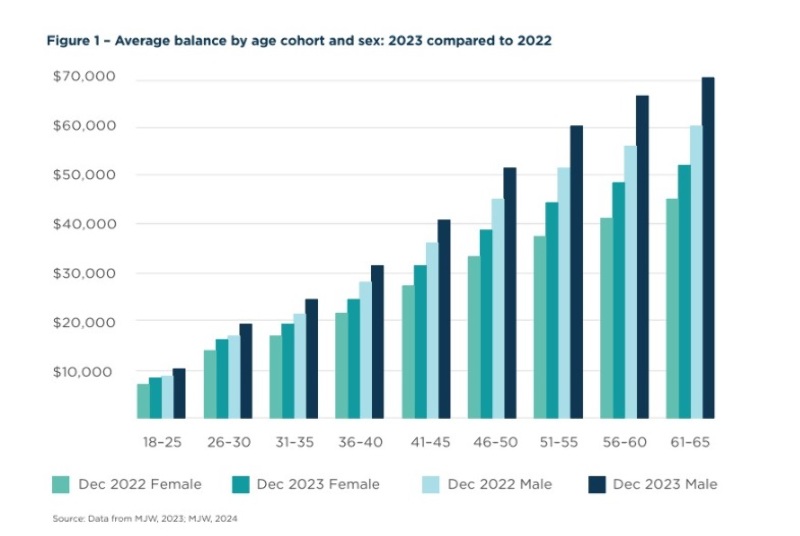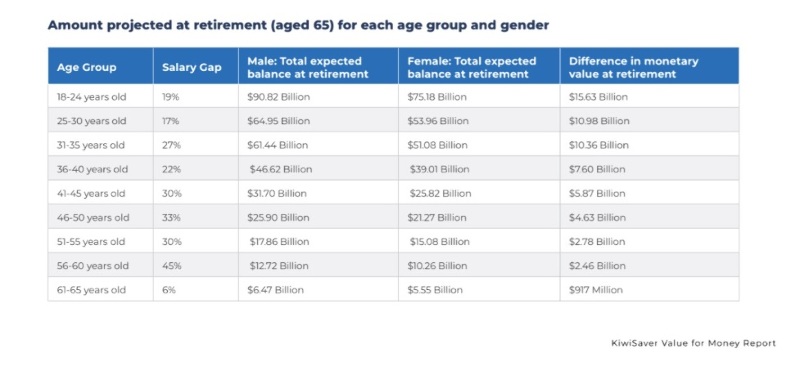The Retirement Commissioner has made her recommendations for improving KiwiSaver and wants help from members of the financial services industry to get politicians to actually read it.
She also wants the financial advice sector to get some cohesive messaging about products and services for retirement planning.
Speaking on a Harbour Asset Management webinar about the recently released KiwiSaver Opportunities for Improvement Report, retirement commissioner Jane Wrightson asked what the financial services industry could do to build momentum behind calls for KiwiSaver reform.
She called on members of the financial services industry to raise the report with politicians of all stripes.
Wrightson said she would be talking to politicians herself, but governance of KiwiSaver was “not healthy” with three ministers involved, but none having specific responsibility for the retirement scheme. As a result it often fell to the minister of finance and was lost among other priorities.
“So it would be helpful, as I’m trying to tackle three ministers, if the industry can form a composite view on the report.”
She said audience members could also draw the attention of politicians to the report. “Tell them there’s work to be done here, and whether they know about the report.”
Wrightson said the purpose of the report was to provide a data and evidence-based perspective on what changes would make a difference.
The report outlines 15 non-binding recommendations for the government to improve the KiwiSaver including keeping it as an opt-in scheme.
Wrightson said although she has said in the past that compulsory KiwiSaver was a no-brainer, the latest analysis showed compulsivity wouldn’t improve the scheme in any material way.
Instead the biggest opportunity for change would be to introduce a higher default contribution rate of at least 4% with employers matching, and retaining the 3% contribution rate if the employee can’t manage it.
Other recommendations were: keeping settings that limit membership to one KiwiSaver provider, increasing the government contribution for the self-employed, employer contributions should be required for over 65s and under 18s, remove total remuneration approaches by employers, and extend government contributions to people on paid parental leave to include those who can’t continue their own.
Wrightson said she would like ministers to form a consensus and also wanted cross party talks to get a longer term accord.
“There is a critical need for long-term thinking beyond one election term and electioneering. KiwiSaver shouldn’t be affected by knee jerk political decisions.
“We’ve got carried away with it as a savings and investment vehicle and haven’t framed it as a retirement fund. We want to see it as a retirement frame and then what else should people do to deal with life shocks.”
Nat strat revamp
The Retirement Commission is also revamping the national strategy for financial capability and wants industry input. In August it will launch new goals for the strategy to support people to grow their money.
Wrightson said that when it came to retirement, the financial advice sector didn’t have a “good collective approach” on what products and services it offered the public. Instead, she said, there was a lot of individual marketing.
“The advice industry still needs to figure out what its collective message is. You’re talking about the value of a service for different types of people. It might not be a campaign but just consistent messaging.”
In an exercise undertaken by the Sorted team, even finding a financial adviser to suit individual needs on the FANZ website was hard work.


